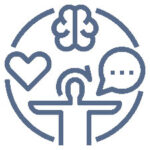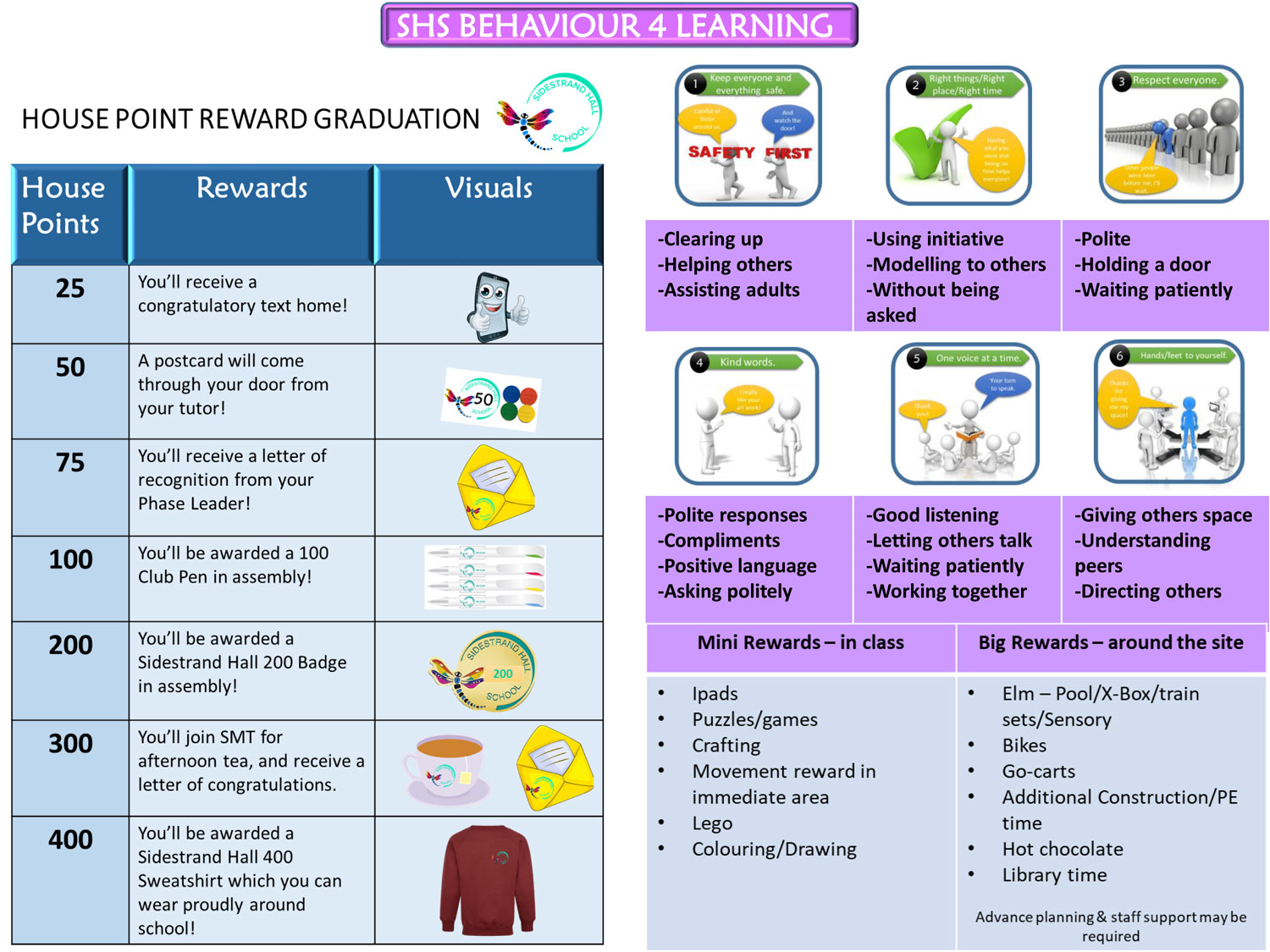We have a strong ethos of positive behavioural support and we look to reward whenever possible any aspect of school life, and ELM is central to this. It is a place where pupils will find a range of reward activities – electronic, art/craft, puzzles, reading, games, pool. When a negative incident has taken place we may need to work supportively with the pupil(s) involved to carry out an educational consequence, Restorative Justice or to complete work. For this we have multiple work spaces where pupils may come for periods of time to reflect and work on what caused the incident to arise. This is always from a supportive point of view with the aim of the young person being able to reflect upon what has happened, restore relationships and develop strategies to reduce the likelihood of the incident being repeated.
ELM
ELM is the Behaviour and Pastoral Support Hub for Sidestrand Hall School. Its primary function is to provide a safe and supportive place for pupils to come to at any point. It provides a restorative space for educational consequences to take place as well as rewards. We strongly encourage our young people to discuss any issues which may be affecting them; be that educational, friendships or home and we have an open door policy should anyone wish to talk about any issue they may be facing in a safe and secure environment
Willow Class
Willow Class is an offshoot from ELM and acts as a SEMH Nurture base for pupils who find elements of schooling particularly challenging. It’s a form base with pupils accessing the full curriculum for their age, but with the safety net that they can return to Willow at any point should they be struggling in their class/lessons or free time, reset before then returning back to their lesson/activity. The focus is for pupils to recognise their emotional and behavioural states and manage these themselves prior to any escalation and therefore avoid significant incidents. The pupils work initially to recognise their varying emotional zones and from there develop strategies to support them at each stage. Strategies we use include Zones of Regulation and/or The 5 Points Scales.


